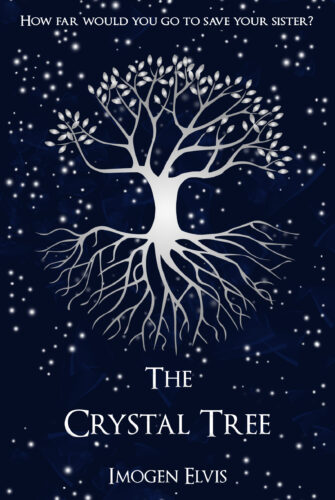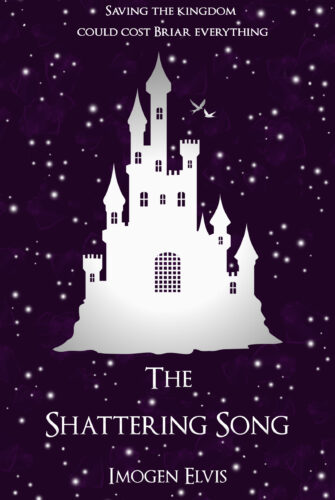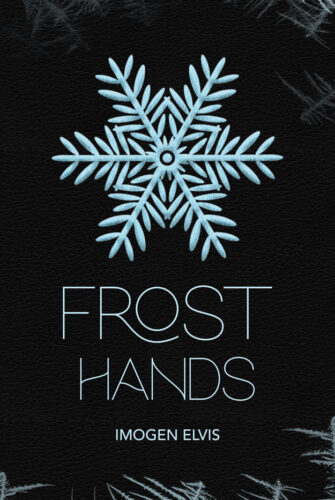If you divide writers into plotters and pantsers, then I fall squarely on the side of the pantsers. There’s nothing I love more than the heady rush of discovering a book for the first time while it’s pouring out onto the page, having the twists and turns revealed to you almost as if you were reading the book, discovering new characters as I go and having them inform me of their stories and personalities. I’ve gotten very good at smashing out 70k-100k words of a novel I had little more than a seed of an idea for at the start. It’s raw creativity and it’s addictive.
Outlining on the other hand, has always taken away much of that initial heady rush. Sure you can figure out the story before you get started, but where is the fun in knowing every plot twist and story beat before you actually start writing it? Where is the excitement in already knowing the ending before you ever write those first words? Why discover the book before you begin writing it, when you can discover it as you’re going? Why waste so much time preparing when you can just smash that first draft down on the page and fix it later.
Except that, as I later discovered when I learned how to edit properly, writing a first draft this way means that when the time comes to actually fix it later, what I end up with is an enormous mess. Sure, it’s fun discovering the book as I write it for the very first time, but my wild and free method of pantsing an entire plot does tend to mean that I change the direction of the book a dozen times as new ideas occur to me. Fixing the plot holes and making sense of this train wreck of a draft takes way longer than just writing the outline ever does. My first novel, The Crystal Tree, which I pantsed my way through, took 5 years and 14 drafts to come good.
I could probably carry on this way and still eventually turn out with a good book in the end. After all, The Crystal Tree turned out just fine. But learning to outline my books first is a huge time saver. I can test out how different ideas work together before committing to writing 100k words, only to discover that it’s not going to work. I don’t claim to be a great outliner. I’m still learning a lot. And one thing I’ve learned is that outlining doesn’t have to be restrictive and suck all the fun and discovery out of writing.
When I write an outline, they tend to be very loose and free. I figure out the main beats of the story, write up a little summary for my scene sequences, and leave plenty of space for the story to grow and change around this main storyline. Most of my subplots are discovered on the fly. I don’t brainstorm out every character. But I do have a framework of a plot that will guide me in the right direction. And have the basic plot worked out ahead of time means that I know this book is going to hang together, and that’s freeing in a way. It means that I don’t have to worry about whether this story is going to work, and just enjoy the ride.
But more than that, I’ve also learned that putting together an outline can be fun too, if you find a method that works for you. That spark of wild creativity is still there, only now I’m putting together the puzzle pieces that will form the backbone of my latest adventure. It can feel like a bit of a chore when you’re figuring how you outline best, but once you find your own style, and the more you know about how a good story is made, the easier it becomes to outline, and the more fun it can be. It takes a lot of practice, to be sure, but it is absolutely worth it in the end.
I’m no hardcore plotter, that’s for sure. But what I am now, is way more organised. Learning to outline this way has completely changed how long it takes me to write, as well as how well I write. The Crystal Tree took 5 years and 14 drafts. It’s upcoming sequel, The Shattering Song, has taken less than a year and a mere 6 drafts to get right. The initial draft was much stronger than my usual first drafts, and it didn’t need nearly so much cleaning up. And I still loved the process of getting to know the book and all its little features and twists. Learning to outline is the best decision I’ve made for myself as a writer.
An outline doesn’t have to be big. It doesn’t have to be fancy. It doesn’t have to have a million bullet points and colour coded notes for your subplots. My outlines are tiny little scene summaries that give me a nudge in the right direction while I’m writing, and leaves me with enough vagueness that I still enjoy writing that first draft, satisfying my love of freedom.I may alway be a pantser at heart, but learning to outline has certainly helped me to write much better books, and love the experience.










